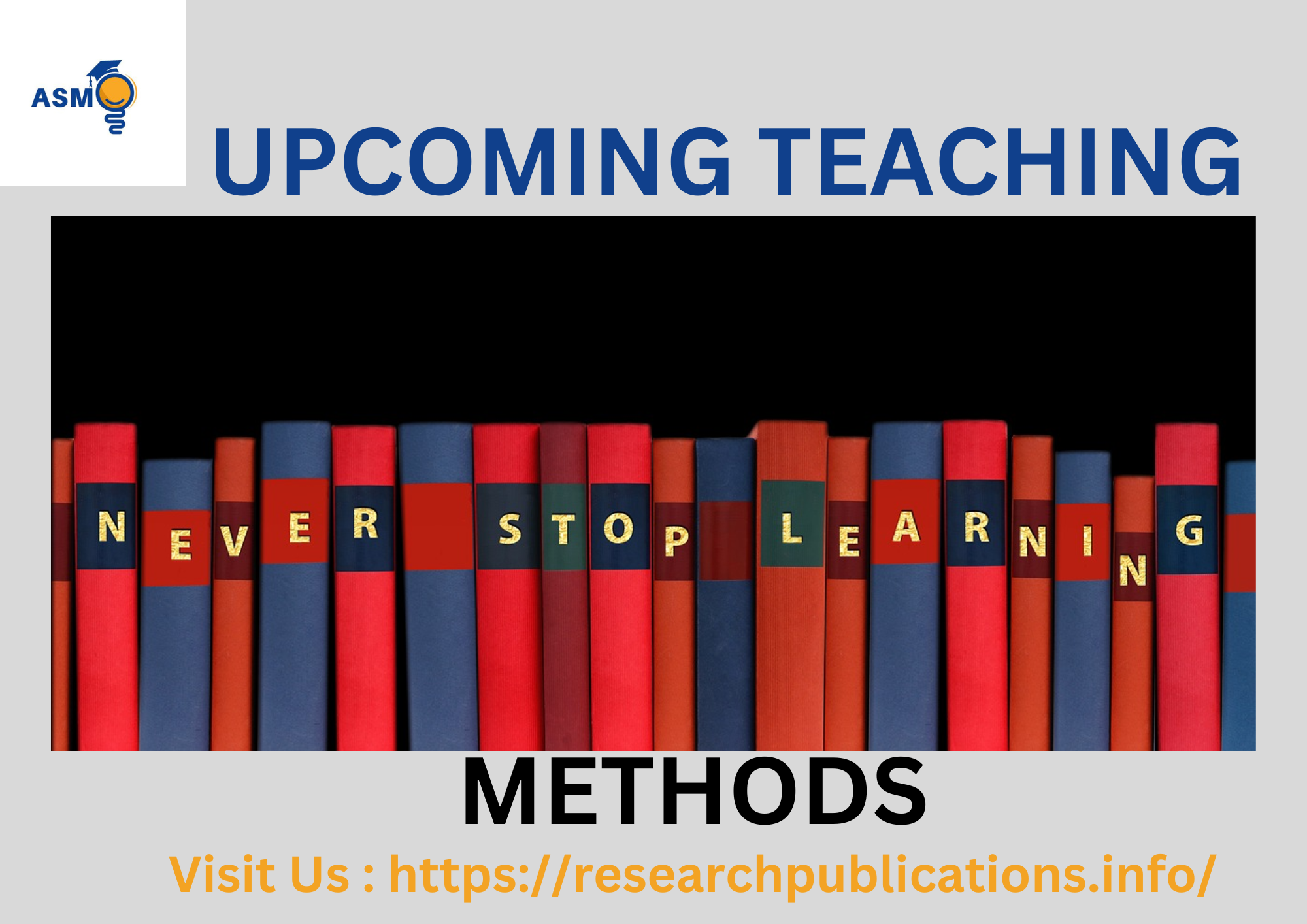Teaching in higher education is changing rapidly, driven by several factors, including:
The COVID-19 pandemic:
The pandemic forced a rapid shift to online learning, and while many institutions have returned to in-person instruction, there is a growing recognition of the benefits of blended and online learning.
Advances in technology:
Educational technology (EdTech) is rapidly evolving, and new tools and platforms are emerging all the time. These technologies can be used to create more engaging and interactive learning experiences, and to provide students with more personalized feedback and support.
Changing student demographics:
The student body is becoming more diverse in terms of age, race, ethnicity, and socioeconomic background. This diversity brings with it a range of different learning styles and needs, and instructors need to be able to adapt their teaching methods accordingly.
Here are some specific examples of changes in teaching in higher education:
- Increased use of online and blended learning: As mentioned above, the pandemic accelerated the shift to online learning, and many institutions are now offering a mix of online, blended, and in-person courses. This flexibility allows students to choose the learning format that best meets their needs.
- Greater use of educational technology: EdTech tools are being used to create more engaging and interactive learning experiences. For example, instructors may use learning management systems (LMSs) to post lectures, assignments, and other resources, or they may use video conferencing platforms to host live classes and discussions.
- More personalized and active learning: Instructors are moving away from traditional lecture-based teaching and towards more personalized and active learning approaches. This means giving students more opportunities to apply what they are learning through hands-on activities, group projects, and problem-solving exercises.
- Greater focus on equity and inclusion: Instructors are increasingly aware of the need to create an inclusive learning environment for all students. This means being mindful of different learning styles and needs, and making accommodations as needed. It also means being inclusive of all cultures, perspectives, and identities.
These are just a few examples of the changes taking place in teaching in higher education. As technology continues to evolve and the student body becomes more diverse, we can expect to see even more changes in the years to come.
BENEFITS OF THE CHANGES
The changes in teaching in higher education have a number of potential benefits, including:
Increased flexibility and access:
Online and blended learning offer students more flexibility in their studies, and can make higher education more accessible to students who may not be able to attend traditional on-campus classes.
More engaging and interactive learning:
EdTech tools can be used to create more engaging and interactive learning experiences, which can lead to better student outcomes.
More personalized and supportive learning:
Personalized and active learning approaches can help students to learn more effectively and efficiently. They can also help to build student confidence and engagement.
More inclusive learning environment:
By being mindful of different learning styles and needs, instructors can create a more inclusive learning environment for all students. This can lead to better outcomes for all students.
CHALLENGES OF THE CHANGES
While the changes in teaching in higher education have many potential benefits, there are also some challenges that need to be addressed. These include:
Ensuring quality in online and blended learning:
It is important to ensure that online and blended learning courses are of the same quality as traditional in-person courses. This requires careful planning, design, and delivery of these courses.
Providing adequate training and support for instructors:
Instructors need to be properly trained on how to use EdTech tools and how to implement personalized and active learning approaches. They also need to have access to adequate support to help them integrate these changes into their teaching.
Reducing the digital divide:
Some students may not have access to the technology and resources they need to participate in online and blended learning. This is known as the digital divide. It is important to find ways to bridge the digital divide and ensure that all students have access to a high-quality education.
KINDLY COMMENT YOUR SUGGESTIONS & REQUIREMENTS.
THANK YOU


